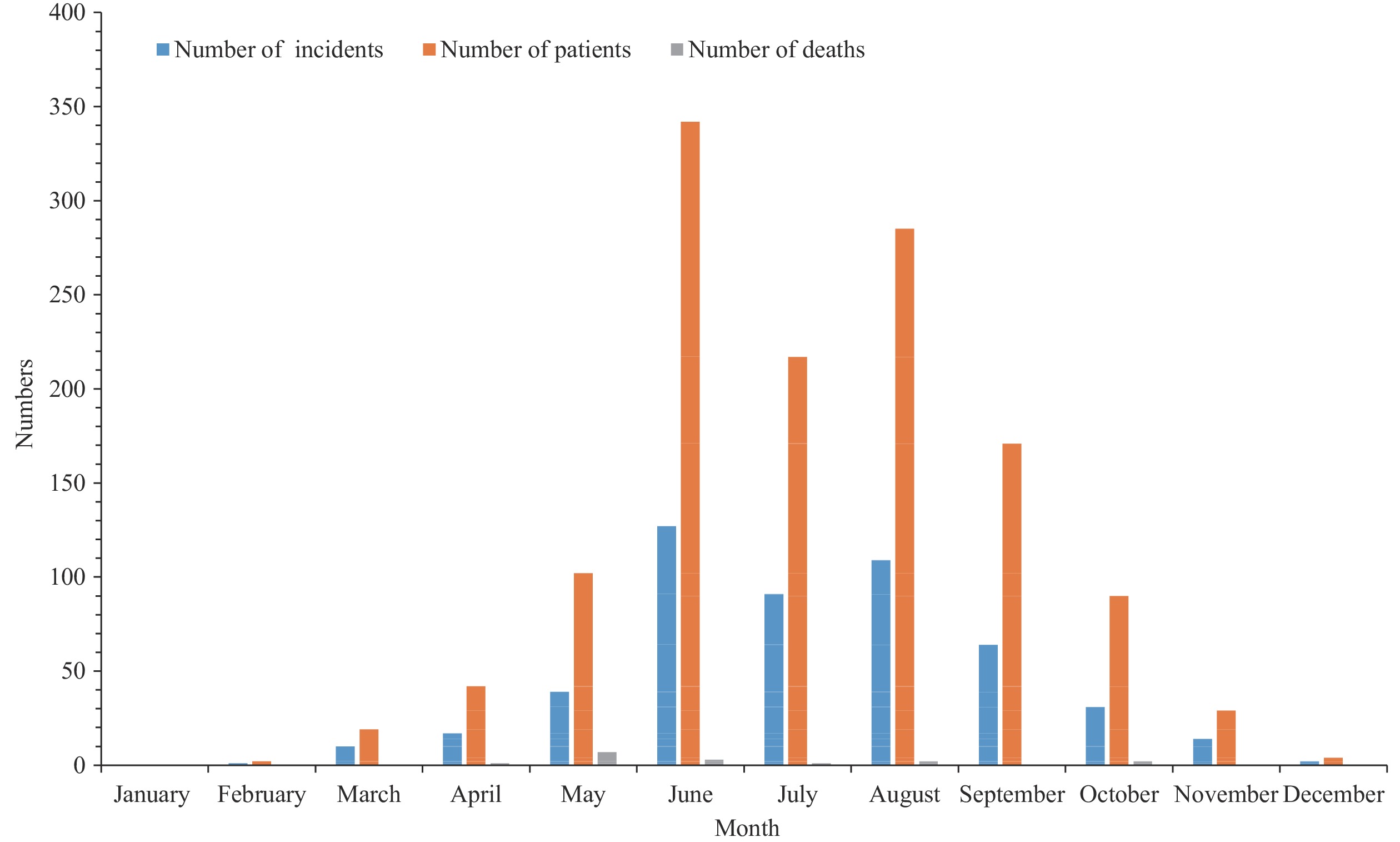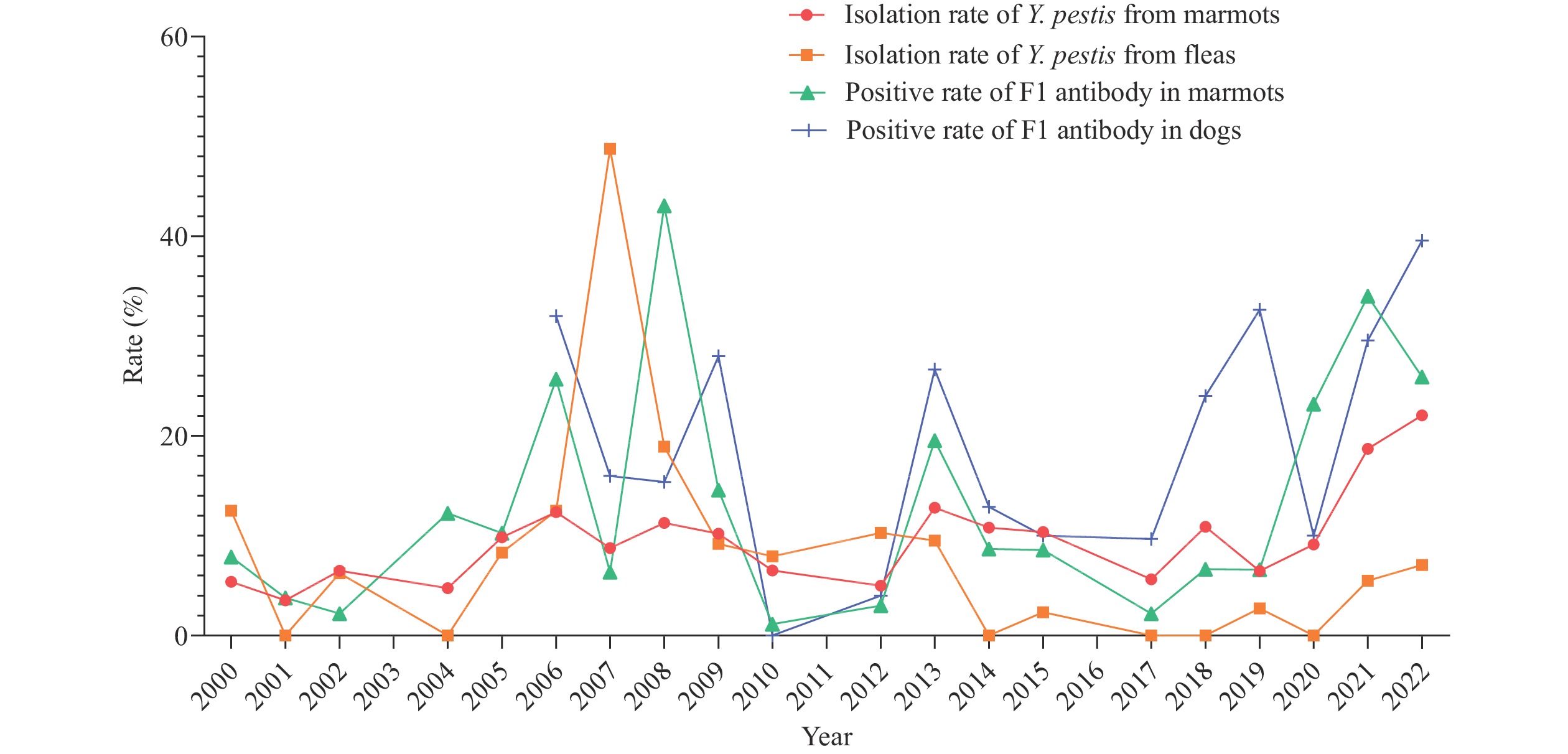2024 Vol. 6, No. 4
Mushroom poisoning poses a significant food safety concern in China, with a total of 196 species identified in poisoning incidents by the end of 2022.
In 2023, the China CDC conducted an investigation into 505 cases of mushroom poisoning spanning 24 provincial-level administrative divisions. This investigation resulted in 1,303 patients and 16 deaths, yielding a case fatality rate of 1.23%. A total of 97 mushrooms were identified as the cause of 6 distinct clinical disease types, with 12 species newly documented as poisonous mushrooms in China.
Close collaboration among CDC staff, physicians, and mycologists remains crucial for the control and prevention of mushroom poisoning in the future.
Plague is a zoonotic disease that occurs naturally in specific geographic areas. Climate change can influence the populations of the plague host or vector, leading to variations in the occurrence and epidemiology of plague in animals.
In this study, we collected meteorological and plague epidemiological data from the Marmota himalayana plague focus in the Altun Mountains of the Qinghai-Xizang Plateau. The data spanned from 2000 to 2022. We describe the climatic factors and plague epidemic conditions and we describe their analysis by Pearson’s correlation.
During the period from 2000 to 2022, the isolation rates of Yersinia pestis (Y.pestis) from marmots and fleas were 9.27% (451/4,864) and 7.17% (118/1,646), respectively. Additionally, we observed a positive rate of F1 antibody of 11.25% (443/3,937) in marmots and 18.16% (142/782) in dogs. With regards to climate, there was little variation, and a decreasing trend in blowing-sand days was observed. The temperature in the previous year showed a negative correlation with the Y. pestis isolation rate in marmots (r=−0.555, P=0.011) and the positive rate of F1 antibody in marmots (r=−0.552, P=0.012) in the current year. The average annual precipitation in the previous two years showed a positive correlation with marmot density (r=0.514, P=0.024), while blowing-sand days showed a negative correlation with marmot density (r=−0.701, P=0.001). Furthermore, the average annual precipitation in the previous three years showed a positive correlation with the isolation rate of Y. pestis from marmots (r=0.666, P=0.003), and blowing-sand days showed a negative correlation with marmot density (r=−0.597, P=0.009).
The findings of this study indicate that there is a hysteresis effect of climate change on the prevalence of plague. Therefore, monitoring climate conditions can offer significant insights for implementing timely preventive and control measures to combat plague epidemics.



 Subscribe for E-mail Alerts
Subscribe for E-mail Alerts CCDC Weekly RSS Feed
CCDC Weekly RSS Feed
